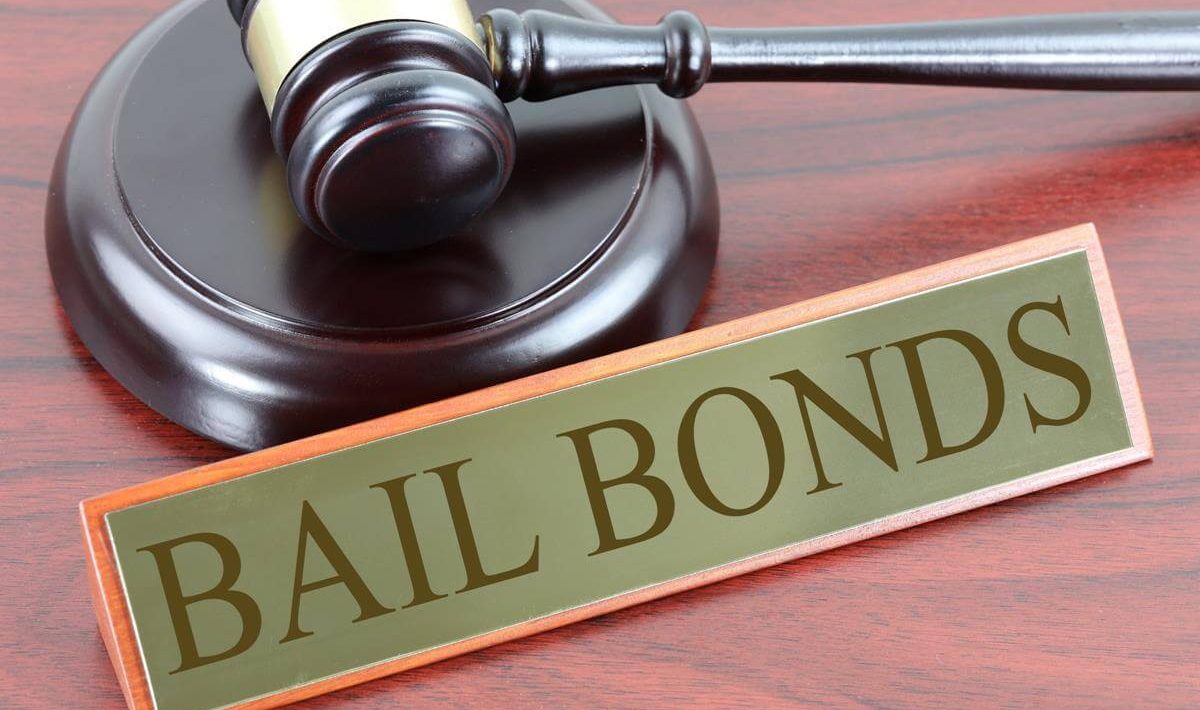Table of Contents
Table of Contents
- Understanding Bail Bonds
- Your Legal Rights
- How Bail Bonds Work
- The Role of a Bail Bondsman
- Conditions of Bail
- Legal Rights During Bail Proceedings
- Conclusion
- Key Takeaways
Understanding Bail Bonds
Bail bonds Schuylkill County, PA, is a monetary agreement that permits the release of a defendant from custody pending trial. Essentially, they guarantee the court that the accused will appear on all set dates. A judge determines the bond amount after an arrest depending on several variables, such as the seriousness of the offense and the defendant’s potential for escape. The defendant or their family may seek assistance from a bail bond agent if they cannot pay the entire amount. In exchange for posting bail on the defendant’s behalf, the bail bondsman takes a non-refundable fee, usually 10% of the total bond amount.
Your Legal Rights
As an individual accused of a crime, you have certain legal rights that protect you throughout the legal process. These rights are enshrined in the Constitution and are designed to ensure fair treatment and due process. One of the most fundamental rights is the presumption of innocence, which means you are considered innocent until proven guilty in a court of law. Additionally, you have the right to legal representation, meaning you can hire an attorney to advocate on your behalf. You also have the right to a fair and speedy trial, where the prosecution must prove your guilt beyond a reasonable doubt.
How Bail Bonds Work
Bail bonds operate on the principle of financial risk assessment. When a defendant seeks the services of a bail bondsman, the bondsman evaluates the defendant’s likelihood of appearing for court dates based on various factors. These factors may include the defendant’s ties to the community, employment status, and criminal history. If the bondsman determines the acceptable risk, they agree to post the entire bail amount with the court. In exchange, the defendant or their family pays the bondsman a non-refundable fee, typically a percentage of the total bail amount.
The Role of a Bail Bondsman
By offering the court a financial guarantee, a bail bondsman is an essential part of the bail process. By ensuring that the defendant shows up for all planned court appearances, the bondsman essentially acts as a surety for them. The bondsman takes a fee for their services, often 10% of the entire bail amount, to offset the risk involved. This non-refundable sum compensates the bondsman for assuming the risk of the defendant’s non-appearance. A bail bondsman can help defendants with posting bail, navigating the court system, and adhering to release restrictions that the court has imposed.
Conditions of Bail
A defendant granted bail must abide by the court’s rules. These requirements guarantee the defendant follows the law and safeguards public safety. Standard bail requirements could be as follows:
- Routine visits from a probation officer.
- Refraining from getting in touch with some of the case’s participants.
- Avoiding particular areas.
If the criminal doesn’t follow these guidelines, their bail may be revoked and returned to custody. Therefore, offenders must comprehend and comply with their bail conditions to prevent additional legal repercussions.
Legal Rights During Bail Proceedings
Defendants have the right to legal representation during bail proceedings to make informed decisions. The Sixth Amendment guarantees a fair and speedy trial, with defendants presumed innocent until proven guilty. They have the right to confront witnesses and present evidence, which is essential for ensuring fair treatment and due process.
Conclusion
It can be challenging to navigate the legal system, especially regarding bail bonds and your legal rights. But, by being aware of your legal rights, comprehending the bail procedure, and, if required, obtaining legal representation, you may manage the system more skillfully. Anyone facing criminal charges must know how bail bonds operate as they are a tool for securing an individual’s release from custody pending trial. Furthermore, being aware of your legal rights guarantees that you will receive fair treatment during the court proceedings and that your case will be resolved to the best possible conclusion.
Key Takeaways
- Bail bonds give the court a cash guarantee, enabling suspects to be released from custody until trial.
- In addition to the presumption of innocence, defendants are entitled to legal representation and a prompt, fair trial.
- By giving defendants financial support and serving as sureties, bail bondsmen are essential to the bail procedure.
- Defendants must abide by the terms of their bail established by the court to stay out of trouble with the law.
- Effectively navigating the legal system requires knowing your rights and, where needed, obtaining legal representation.

